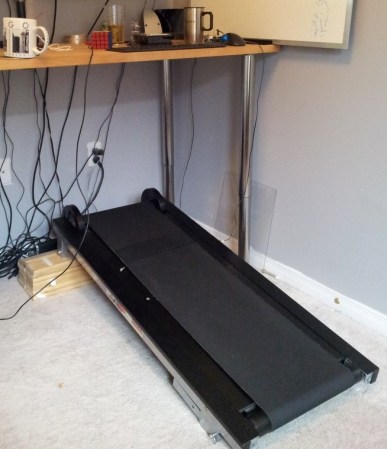In the market for a software defined radio? [Taylor Killian] wrote a comprehensive comparison of several models that are within the price range of amateurs and hobbyists.
You can get started with SDR using a $20 TV tuner card, but there’s a lot of limitations. These cards only work as receivers, are limited to a small chunk of the radio spectrum, and have limited bandwidth and sample rates. The new SDRs on the market, including the bladeRF, HackRF, and USRP offerings are purpose built for SDR experimentation. You might want an SDR to set up a cellular base station at Burning Man, scan Police and Fire radio channels, or to track ships.
[Taylor] breaks down the various specifications of each radio, and discusses the components used in each SDR in depth. In the end, the choice depends on what you want to do and how much you’re willing to spend. This breakdown should help you choose a hacker friendly SDR.
















